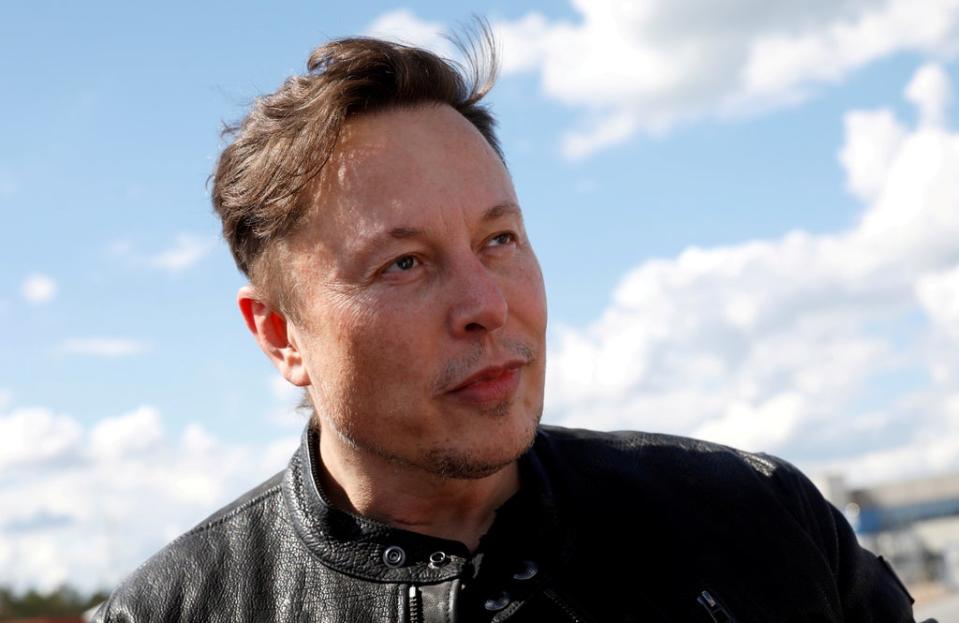Elon Musk of Tesla will spend $6 billon tackling hunger if the UN convinces him it would help -- would it?

Last week, Elon Musk pledged to sell $US6 billion of Teslastock and donate the proceeds to the United Nations’ food agency if it could demonstrate how the money would solve world hunger.
Here, Ryan McNelley, managing director in Kroll’s Portfolio Valuation service line explores what would actually go into quantifying this value.
Q: Elon Musk is saying he will give $6bn if the UN can prove they’ll use it to cure world hunger, but how do you value something like hunger?
If tasked with putting a number on what it would take to solve world hunger, the best way to do this would be to look at it in terms of ‘fair value’, which we define as being what someone would be prepared to pay to buy an asset or settle a liability.
However, that cost wouldn’t go about addressing the full scale of the issue, which is particularly hard to value because no one could place a number on the suffering and heartbreak that hunger causes people across the world daily.
Q: So, step by step, how would you address the initial cost of tackling hunger?
The first step would be defining how to measure what you’re putting a price on, in this case it’s the cost of solving world hunger. This could be done by measuring the degrees of malnutrition, the nutritional value of food, the medicine required to care for the symptoms of hunger. Then, you’d need to expand these factors worldwide.
Once you’ve defined hunger, the process would be relatively simple. It’s a question of looking at the cost of what you need and the price of getting it to where it needs to go.
Let’s take a look at the UK. Say nutritious food for 1 person for 1 day costs at least £5. Multiply that by the 365 days in the year and it would, hypothetically, cost £1,825 for enough food to feed one person for a year.
On top of food costs, you need to consider storage – where do you keep all the food? According to management firm JLL, cold storage costs about £150-170 per square foot. The charity, Fareshare, puts the number of people who struggle to afford to eat in the UK at 8.4 million, which is the population of London.
Say 1 square foot of chilled warehouse space can hold enough daily food for 50 people. 8.4 million divided by 50 is 168,000. That means if you turn over the food on a daily basis, you’d need about 168,000 square feet to hold all that food. Let’s put it at the lower end of the price scale, so £150. It’ll cost you £25,200,000 (£25.2 million) in rent a year.
Then we go back to our cost of food for one person for a year. Multiply that by the 8.4 million hungry people and the cost of food for the year would be £15,330,000,000. That’s fifteen billion three hundred thirty million.
Add the cost of the food to the cost of the storage, and in the UK, as a very quick estimate, it would cost £15,355,200,000 to just buy and store the food required to feed those in need for a year. 2.5 times more than what Elon Musk has promised to end hunger on a global scale. And we haven’t even considered dry storage space, got the food to where it needs to go, paid the energy bills of the cooking costs, or paid the wages of those working to deliver it.
Q: That’s a lot of money, do you think our economy would be able to afford these costs?
A: While I’m not an economist, we can assume that there would be significant financial benefits felt by individual countries, and globally if the crisis was addressed. These would be in addition to the unlimited social benefits that would be felt globally due to reducing the number of people suffering from hunger and malnutrition.
Solving hunger would be an investment, rather than a cost. You would need to decide whether you could make a connection between countries with less severe levels of hunger and better economic growth in the form of GDP. There have been studies by the US based charity, Concern, on the costs of ‘stunting’, which is the impaired growth of children due to malnutrition, on African economies. They found that in Ethiopia, the percentage of GDP lost as a result of stunting is 16.5%. In Sudan, the same company found that stunting in children is said to affect 7.9 million people and cost the economy $2 billion.
That would suggest that if hunger in these nations was addressed, as well as the immeasurable social benefits, GDP would also benefit. While paying an initial cost, it’s reasonable to say the nation would receive a far greater return both in terms of financial and social benefits.
Because when it comes to hunger, while there’s a large upfront cost – which is likely far more than $US6bn – it will also bring a wealth of both economic and social benefits to nations and globally. The money paid today to tackle world hunger could be eclipsed by the future financial benefits as it drives a more prosperous economy and the potential for future growth. One could therefore hypothesise, that the overall cost of eradicating world hunger for a nation is actually, nothing.
Read More
Tech & Science Daily: Elon Musk’s Twitter poll drives Tesla down
Tesla stock falls after Elon Musk promises $21bn share sale
FTSE 100 Live: JD Sports latest, Elon Musk urged to sell Tesla stock

 Yahoo News
Yahoo News 